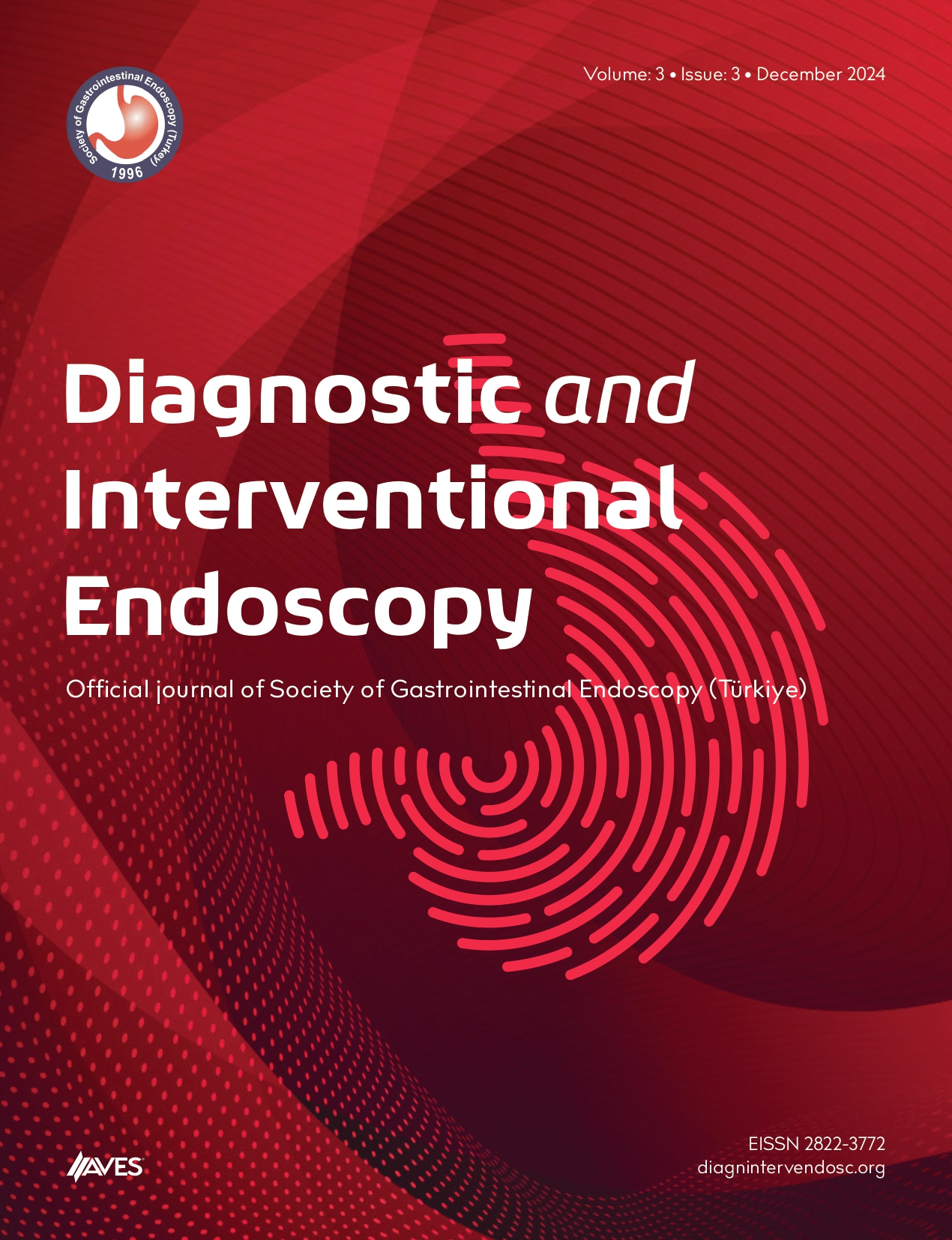Objective: The purpose of laserlithotripsy accompanied bycholangioscopy is to break the Stones into smaller pieces that form in the bile ducts and cannot be removed by conventional methods.This procedure is performed to relieve obstruction of the bile ducts and enable easier removal of stones. Since it is a minimally invasive method, the recovery time is shorter.
Methods: The cholangioscope, advanced through the duodenoscope, is placed into the bile ducts. With this method, direct visualization of the bile ducts is provided. The laser fiber is directed to the bile ducts through the cholangioscope. The laser energy focuses on the Stones and breaks them into small pieces. Fragmented Stones are drained fromthe bile ducts spontaneously or with an additional intervention.
Results: 31-year-old male patient applied to a health institution at an external center with complaints of righ tupper abdominal pain and jaundice. Upon detection of largestone in the common bile duct during the endoscopicretrogradecholangiopancreatography (ERCP) performed there, a stent wasplaced in thecommon bile ductand he was referred to us for cholangioscopy and laser lithotripsy. Thepatient underwent ERCP in our unit; the ampulla was sphincterotomized and the bile duct had a pig-tail stent. The stent was removed with a snare. Thecommon bile duct was selectively cannulated. In the examination after contrast material, intrahepatic bile ducts were slightly prominent. Thecommon bile was dilated (20 mm), and many Stones were observed both in the proximal and distal parts of the lumen. Bile ducts were evaluated with SpyGlass D2 cholangioscope. First, the distal Stones were broken with laser lithotripsy. Fragments were drained with basketsa nd stone balloons. Then, theproximal large lumen-wide Stones were broken with laser lithotripsy. Fragmented pieces were swept repeatedly with baskets and balloons. The procedure was terminated without complications by placing a 6 cm fully covered self-expandablemetallic stent (SEMS) for thepurpose of drainage of bile and residual stones.
Conclusion: As a result, laser lithotripsy accompanied bycholangioscopy stands out as an effective and safe method in thetreatment of bile ductstones. This minimally invasive procedure allows patients to recover faster and reduces the risk of complications. In the future, investigating the applicability of this method in a largergroup of patients may further improvet reatment options.
Cite this article as: Duman AE, Gülşen E. Laser lithotripsy of large choledochal stones. Diagn Interv Endosc. 2024;3(2):38.

.png)


.png)